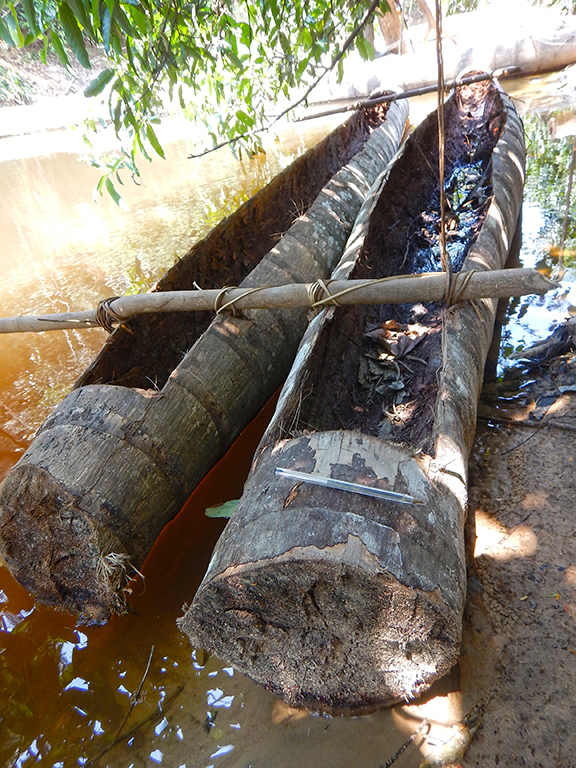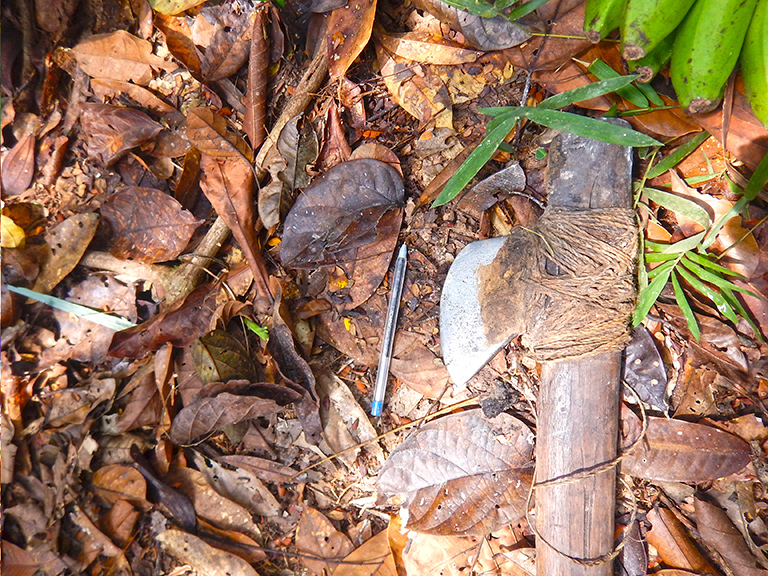- The Brazilian government used a drone to help confirm the presence of an uncontacted indigenous group deep in the Amazon rainforest.
- FUNAI, Brazil’s indigenous affairs agency, undertook an expedition to an area near the Brazilian border with Peru to confirm the presence of voluntarily isolated peoples along the Juruazinho River.
- To confirm the presence of the group without encroaching on their territory, FUNAI flew a drone over the forest and photographed huts and crops amid a section of felled trees.
- The drone also filmed two individuals walking, one of whom was carrying a spear or pole.
The Brazilian government used a drone to help confirm the presence of an uncontacted indigenous group deep in the Amazon rainforest.
FUNAI, Brazil’s indigenous affairs agency, undertook an expedition to an area near the Brazilian border with Peru to confirm the presence of voluntarily isolated peoples along the Juruazinho River, which separates the Mawetek and Vale do Javari indigenous territories. The area is extremely remote — FUNAI says its team traveled more than 180 kilometers by boat, car, and motorcycle, followed by 120 kilometers on foot through the rainforest.
On two earlier expeditions, FUNAI collected evidence of the isolated group, including an axe with a stone blade, an instrument made of bark, and canoes made of hollowed-out palm tree trunks. To confirm the presence of the group without encroaching on their territory, FUNAI flew a drone over the forest and photographed huts and crops amid a section of felled trees. The drone also filmed two individuals walking, one of whom was carrying a spear or pole, and several more people, including children.

The two indigenous territories are home to a range of tribes, according to FUANI. The Vale do Javari Indigenous Territory, which at 85,000 square kilometers (33,000 square miles) is larger than Austria, has several contacted groups — Matsés, Matis, Marubo, Kanamari, Kulina-Pano, Korubo (recently contacted) and Tsohom Djapa (recently contacted) — and up to 16 isolated groups, of which 11 have been confirmed. The Mawetek Indigenous Territory, which covers 1,150 square kilometers, is occupied by the Kanamari people.



FUNAI undertakes such expeditions under its mission to protect isolated indigenous groups. Today these groups are officially given wide berth in the form of large territories to both allow them to continue living in traditional ways and protect them from encroachment and disease carried by outsiders. However, illegal incursions into indigenous lands by loggers, miners, ranchers, drug traffickers, and speculators is a problem. The most recent Rio Juruazinho expedition by FUNAI for example encountered illegal hunters near Vale do Javari and illegal encroachers in the Mawetek territory.
“Vigilance and surveillance should be intensified in the region to curb the actions of violators and ensure the full possession of the territory by the indigenous people,” said the expedition’s field coordinator Vitor Góis in a blog post.

There are thought to be about 70 uncontacted indigenous groups in Brazil. Many of these are believed to have voluntarily isolated themselves following negative interactions with outsiders, including depredations by missionaries, colonizers, and rubber slavers.
Some uncontacted groups in Peru and Brazil have recently emerged from the forest in response to conflict and encroachment. First contact is perilous for indigenous peoples, exposing them to diseases against which they have no resistance, so FUNAI attempts to manage those initial interactions to reduce risks in Brazil.
Editor’s note (August 28, 2018): A commenter noted that other people beyond the two individuals walking are pictured in the screencap. While our original text was correct, we added the underlined passage to the end of this sentence: “The drone also filmed two individuals walking, one of whom was carrying a spear or pole, and several more people, including children, around the edge of the forest.
